Hyundai Tucson: General Safety Information and Caution
Hyundai Tucson - Fourth generation (NX4) - (2020-2023) - Workshop Manual / Advanced Driver Assistance System (ADAS) / Front Radar System / General Safety Information and Caution
- Be careful when driving the vehicle using the smart cruise control system as follows.
(1) On curves or inclines/declines
- The smart cruise control system may have limits to detect distance to the vehicle ahead due to road and traffic conditions.
- On curves or inclines/declines, the smart cruise control system may not detect a moving vehicle in your lane, and then your vehicle may accelerate to the set speed directly. Also, the vehicle speed may slow down abruptly when the vehicle ahead is recognized. Select the appropriate set speed on curves or inclines/declines and control the vehicle speed by applying the brake pedal if necessary.
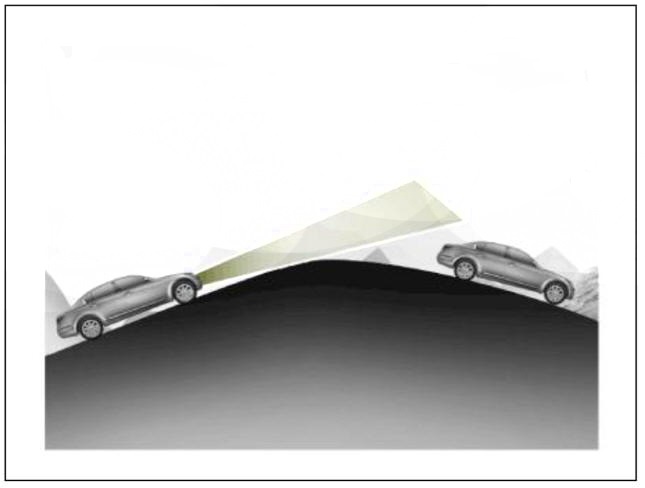
- Your vehicle speed can be reduced due to a vehicle in the adjacent lane. Apply the accelerator pedal and select the appropriate set speed. Check to be sure that the road conditions permit

(2) Lane changing
- A vehicle which moves into your lane from an adjacent lane cannot be recognized by the sensor until it is in the sensor's detection range.
- Be always cautious because a vehicle which suddenly moves into your lane can be recognized late by the sensor.
- If the vehicle which moves into your lane is slower than your vehicle, the speed may decrease to maintain the distance to the vehicle ahead.
- If the vehicle which moves into your lane is faster than your vehicle, your vehicle will maintain the selected speed even the vehicle is in the sensor's detection range.

(3) Vehicle recognition
- Even though a vehicle is in the same lane, a vehicle which is out of the sensor's detection range cannot be recognized by the sensor.
- Small vehicle such as motorcycle, bicycle and cultivator
- A vehicle offset to one side
- A slow-moving vehicle or sudden-decelerating vehicle
- A stopped vehicle
- A vehicle with small rear profile such as trailer with no loads
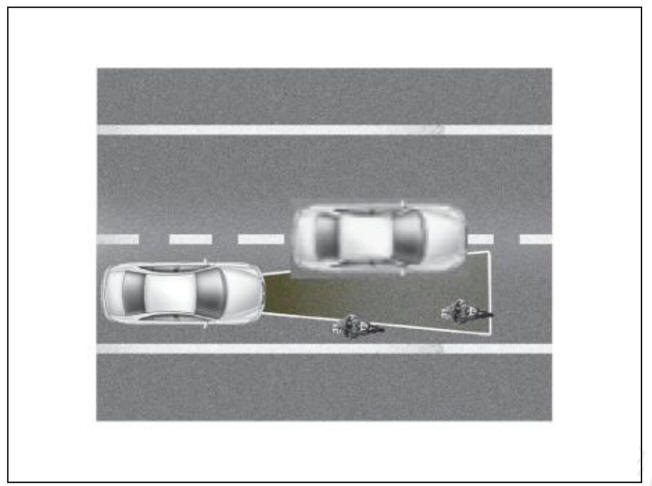
- In this following situation, the front vehicle can't be recognized correctly so control the vehicle speed by applying the brake pedal or accelerator pedal if necessary.
(1) When the vehicle is pointing upwards due to overloading in the trunk
(2) While making turns by steering
(3) When driving to one side of the lane
(4) When driving on narrow lanes or on curves
- If the smart cruise control is left on (CRUISE indicator light ON), the smart cruise control can be switched on accidentally. Keep the smart cruise control system off (CRUISE indicator light OFF) when the smart cruise control is not in use, to avoid inadvertently setting a speed.
- Observe a regulation speed on road when setting the cruise speed.
- Use the smart cruise control system only when traveling on open highways in good weather. Do not use the smart cruise control when it may not be safe to keep the car at a constant speed, for instance, driving in heavy or varying traffic, or on slippery (rainy, icy or snow-covered) or winding roads or over 6% up-hill or down-hill roads.
- Pay particular attention to the driving conditions whenever using the smart cruise control system.
- The vehicle cannot be stopped by using the smart cruise control system. If emergency stop is necessary, you should apply the brakes.
- Keep the safety distance according to road conditions and vehicle speed. If the following distance is too close at a high speed driving, it is dangerous.
- The smart cruise control system can not recognize a stopped vehicle, pedestrians or an oncoming vehicle. Always look ahead cautiously to prevent unexpected and sudden situations from occurring.
- The smart cruise control system is not a substitute for safe driving practices but a supplementary function only. It is the responsibility of the driver to always check the speed and the distance to the vehicle ahead.
- In front of you, vehicles moving with a frequent lane change may cause a delay in the system's reaction or may cause the system to react to a vehicle actually in adjacent lane. Always look ahead cautiously to prevent unexpected and sudden situations from occurring.
- Your vehicle may accelerate when a vehicle ahead of you disappears. When you are warned that the vehicle ahead of you is not detected, drive with caution.
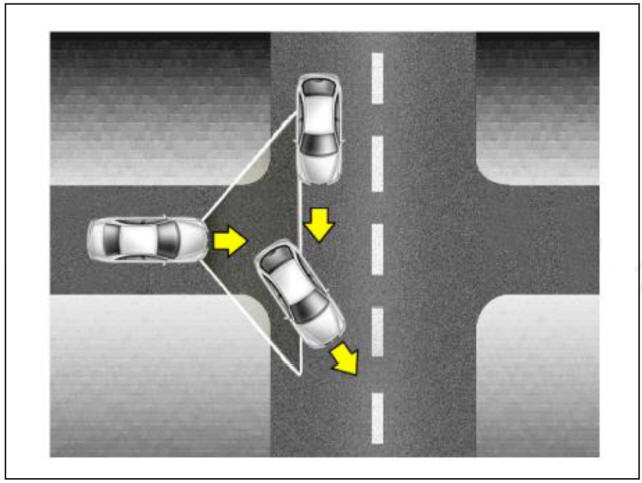
- When vehicles are at a standstill and the vehicle in front of you changes to the next lane, be careful when your vehicle starts to move because it may not recognize the stopped vehicle in front of you.
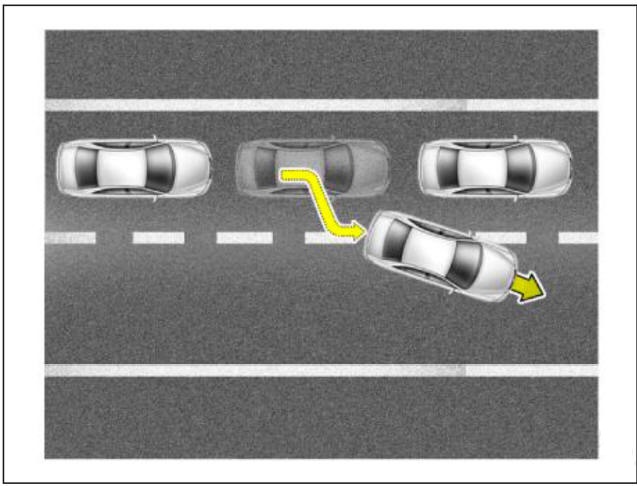
- Always look out for pedestrians when your vehicle is maintaining a distance with the vehicle ahead.
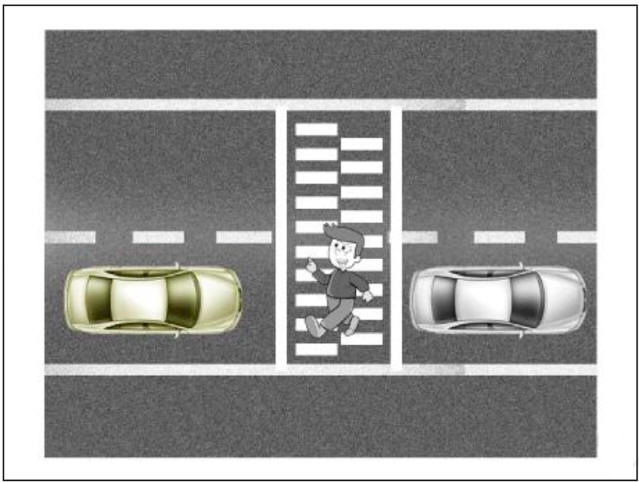
- Always be cautious for vehicles with higher height or vehicles carrying loads that sticks out to the back of the vehicle.

READ NEXT:
 Front Radar System - Description and operation
Front Radar System - Description and operation
WARNING
The System may be limited when
The radar sensor or camera is blocked with a foreign object or
debris.
The camera lens is contaminated due to tinted filmed or coated
windshield, damaged glass, or smck of foreign matter
(sticker,
 Front Radar System - Inspection
Front Radar System - Inspection
Components Location
Front radar unit
Smart cruise control switch
Specification
Circuit Diagram
Inspection
Inspection procedure for vehicle with Forward Collision-Avoidance Assist and
Smart Cruise Control system failure
C
 Front Radar Sensor Alignment
Front Radar Sensor Alignment
WARNING
Adjustment may not be accurate if the vehicle and reflector are
placed on different ground levels or on a slope.
Perform in an area with minimum clearance of 8 m to the front.
4 m wide, and 1.2 m above the ground.
Remove heavy o
SEE MORE:
 Interior Antenna
Interior Antenna
Interior 1 Antenna
Take care not to scratch the crash pad and related parts.
Disconnect the negative (-) battery terminal.
Remove the ecall unit.
(Refer to Emergency Call system - "Emergency Call (eCall) Unit")
Remove the inter
 Function Of Safety Power Window
Function Of Safety Power Window
Operation
When driver door power window auto-up switch is operated, safety function is
activated.
Safety function condition
When detect the force of 100N (using the lON/mm spring) during the window
rising, window is
reversed.
Length
Information
- Home
- Hyundai Tucson - Fourth generation (NX4) - (2020-2023) - Owner's Manual
- Hyundai Tucson - Fourth generation (NX4) - (2020-2023) - Workshop Manual